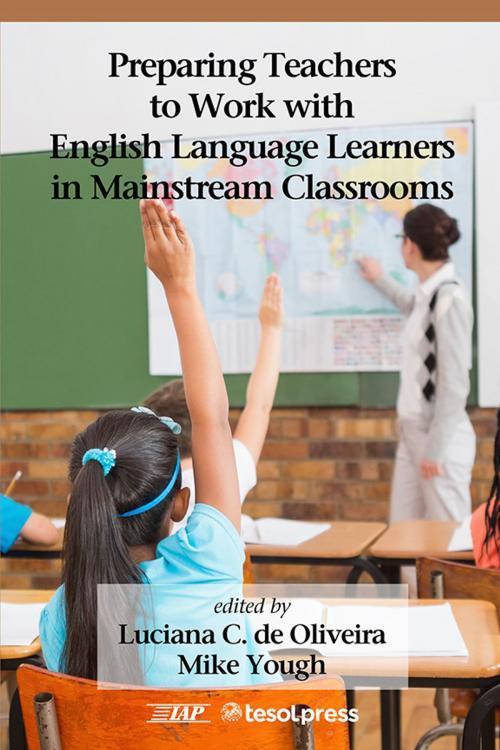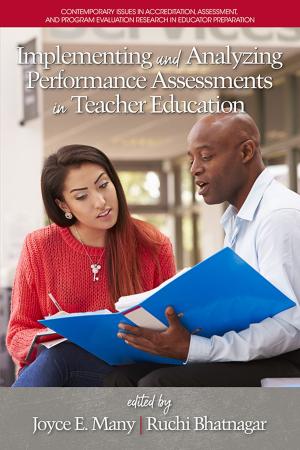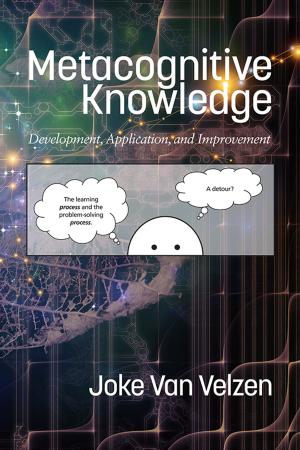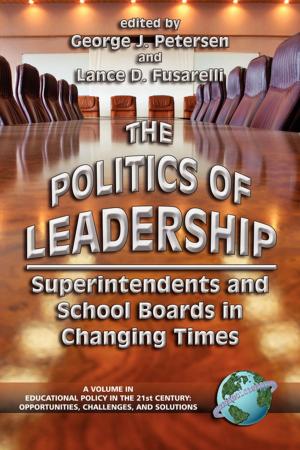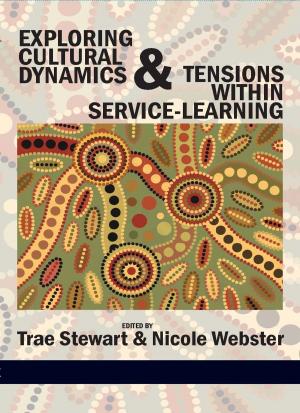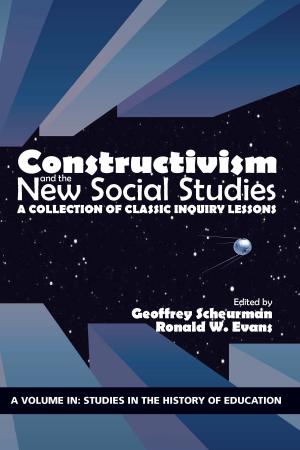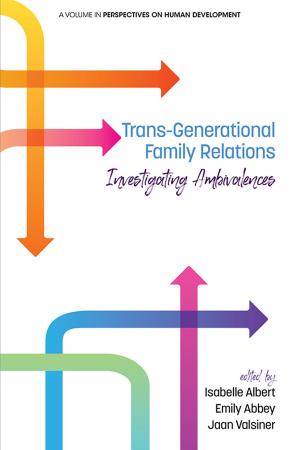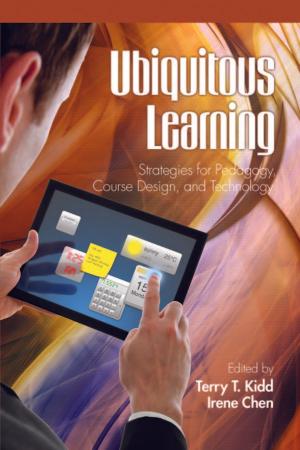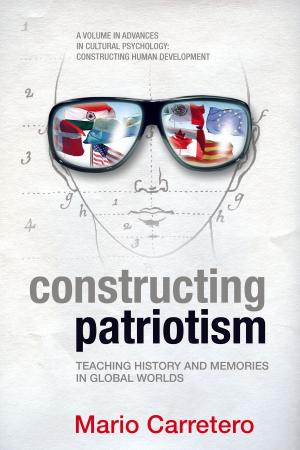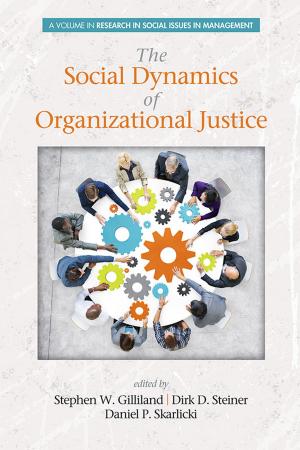Preparing Teachers to Work with English Language Learners in Mainstream Classrooms
Nonfiction, Reference & Language, Education & Teaching, Educational Theory, Bilingual Education, Teaching| Author: | ISBN: | 9781623969264 | |
| Publisher: | Information Age Publishing | Publication: | January 1, 2015 |
| Imprint: | Information Age Publishing | Language: | English |
| Author: | |
| ISBN: | 9781623969264 |
| Publisher: | Information Age Publishing |
| Publication: | January 1, 2015 |
| Imprint: | Information Age Publishing |
| Language: | English |
Copublished with TESOL Press There is a growing need for knowledge and practical ideas about the preparation of teachers for English language learners (ELLs), a growing segment of the K12 population in the United States. This book is for teachers, administrators, and teacher educators looking for innovative ways to prepare teachers for ELLs and will position teachers to empower these students. This volume will appeal mostly to those preparing teachers in contexts that have not have historically had large numbers of ELLs, but have had a high rate of recent growth (e.g., Midwestern U.S.). This work is the combination of teacher preparation and ELL issues. This volume is unique in tackling preservice and inservice teacher preparation. Additionally, the chapters collectively aim to go beyond merely equipping teachers to meet the needs of ELLs, but to reach a level of effectiveness with the outcome of equity. The book highlights the knowledge, skills, and beliefs of teachers about ELLs. Part I addresses teacher perceptions of, and beliefs about, ELLs and teacher preparation specifically addressing what they should know in terms of students’ perspectives. Chapters attend to the experiences and beliefs of immigrant teachers about their roles, the role of service learning in teacher preparation, and the potential of understanding home literacy practices to change teacher beliefs about ELLs. Part II focuses on skills necessary to teach ELLs—writing skills teachers can draw on to inform their teaching practices, technological skills teachers need to develop, and skills related to focusing on the Common Core State Standards for English language arts and mathematics. Each chapter explicitly addresses implications for teacher education or professional development.
Copublished with TESOL Press There is a growing need for knowledge and practical ideas about the preparation of teachers for English language learners (ELLs), a growing segment of the K12 population in the United States. This book is for teachers, administrators, and teacher educators looking for innovative ways to prepare teachers for ELLs and will position teachers to empower these students. This volume will appeal mostly to those preparing teachers in contexts that have not have historically had large numbers of ELLs, but have had a high rate of recent growth (e.g., Midwestern U.S.). This work is the combination of teacher preparation and ELL issues. This volume is unique in tackling preservice and inservice teacher preparation. Additionally, the chapters collectively aim to go beyond merely equipping teachers to meet the needs of ELLs, but to reach a level of effectiveness with the outcome of equity. The book highlights the knowledge, skills, and beliefs of teachers about ELLs. Part I addresses teacher perceptions of, and beliefs about, ELLs and teacher preparation specifically addressing what they should know in terms of students’ perspectives. Chapters attend to the experiences and beliefs of immigrant teachers about their roles, the role of service learning in teacher preparation, and the potential of understanding home literacy practices to change teacher beliefs about ELLs. Part II focuses on skills necessary to teach ELLs—writing skills teachers can draw on to inform their teaching practices, technological skills teachers need to develop, and skills related to focusing on the Common Core State Standards for English language arts and mathematics. Each chapter explicitly addresses implications for teacher education or professional development.
